
The Federal Reserve promotes the safety and soundness of financial institutions like banks and monitors their impact on the financial system as a whole.
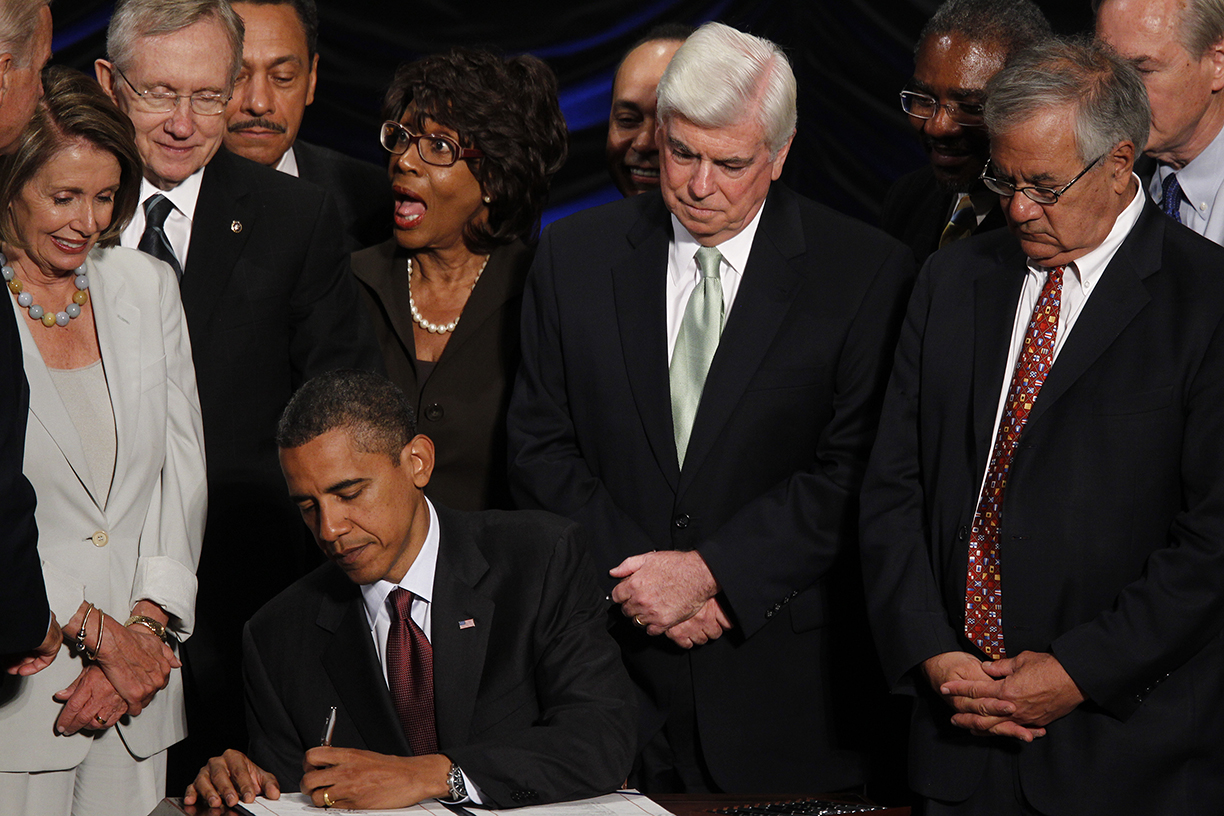
Dodd-Frank Act
This wide-ranging legislation was signed by President Obama in 2010
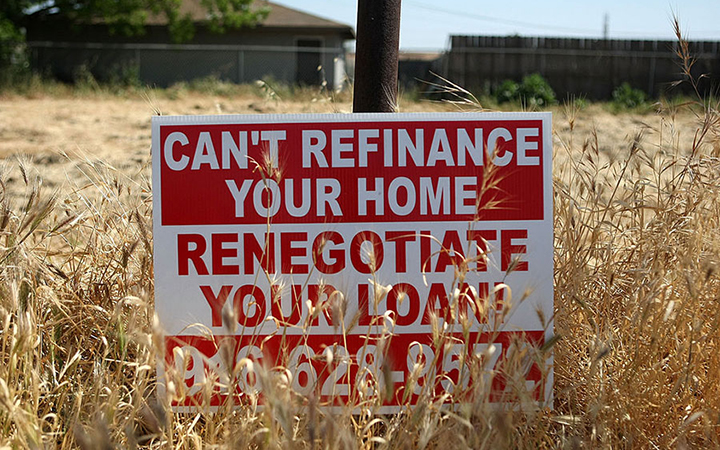
Subprime Mortgage Crisis
The 2007-10 crisis stemmed in part from an expansion of mortgages to high-risk borrowers
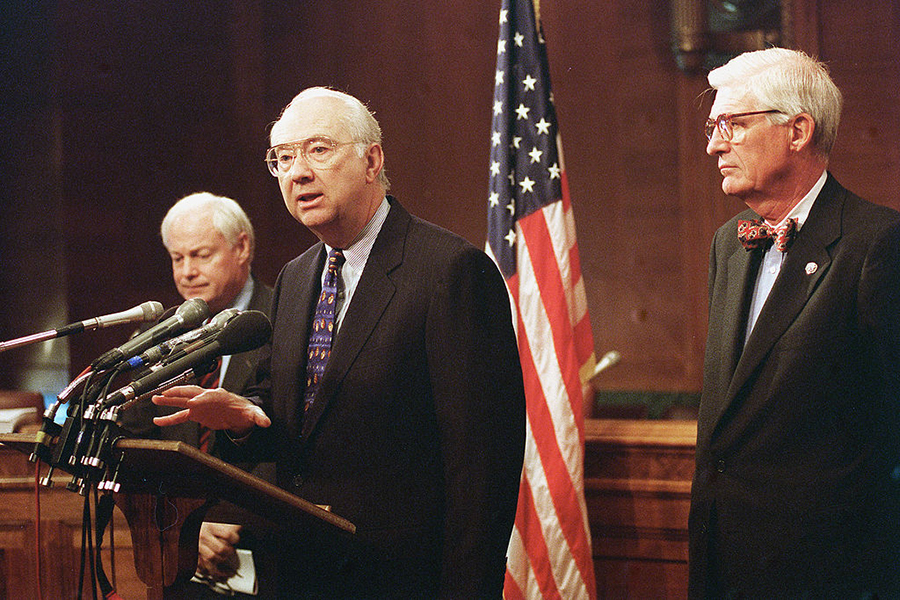
Gramm-Leach-Bliley Act
The 1999 Act promoted financial integration by repealing parts of the Glass-Steagall Act while giving the Fed new supervisory powers
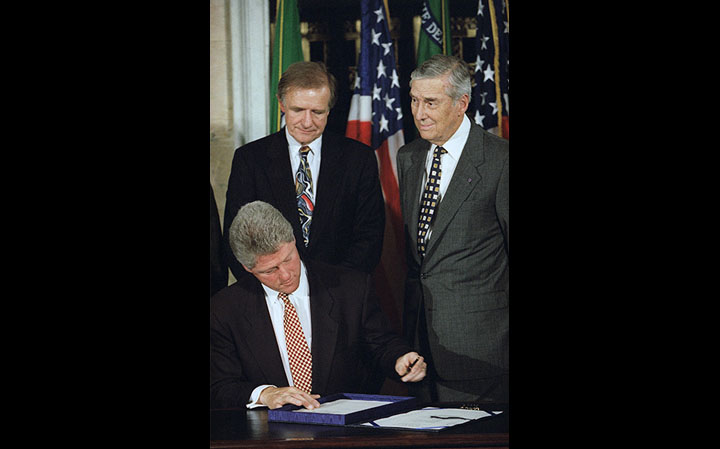
Riegle-Neal Act
The 1994 law removed many of the restrictions on bank branching across state lines
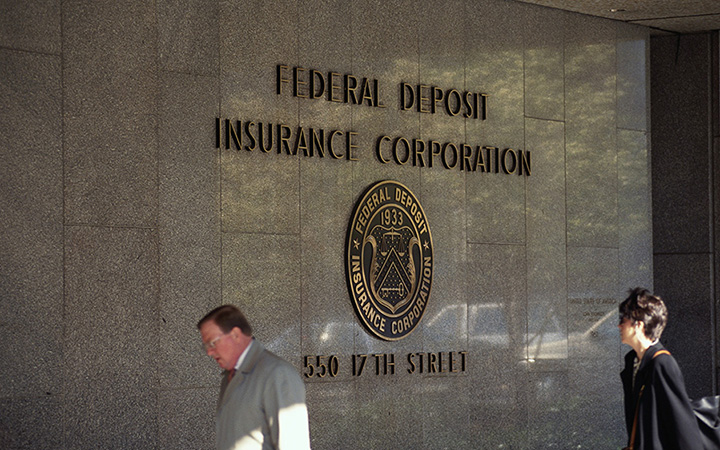
FDICIA
The 1991 Act was intended to address problems in the banking and thrift industries

Continental Illinois: A Bank That Was Too Big to Fail
The phrase “too big to fail” became commonly used for the first time after Continental’s crisis
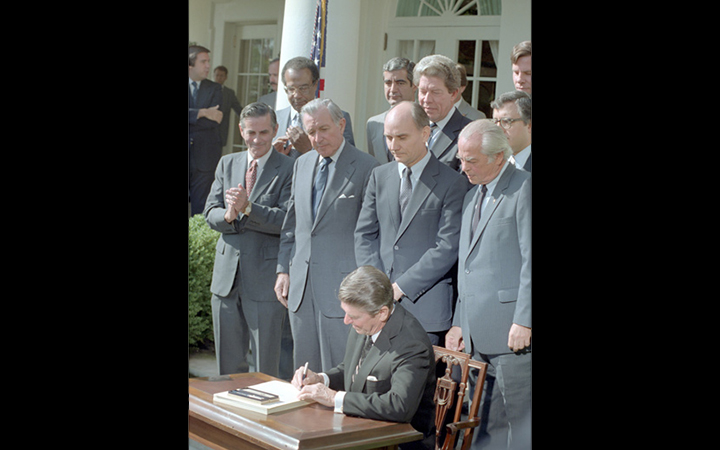
Garn-St Germain Act
The 1982 Act aimed to ease pressures on depository institutions as the Fed acted to curb inflation

Latin American Debt Crisis
During the 1980s, many Latin American countries were unable to service their foreign debt

Bank Capital Standards
A key goal of bank supervision and regulation has been to ensure that banks maintain sufficient capital.

Savings and Loan Crisis
The 1980s was a period of distress for the financial sector, especially savings and loans
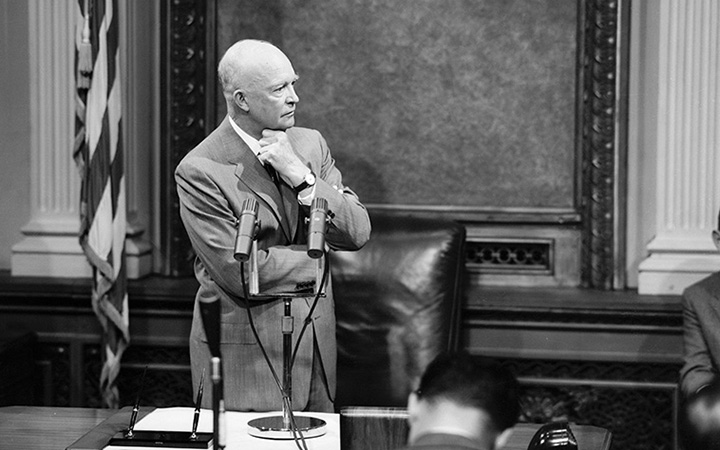
Bank Holding Company Act
In 1956, Congress gave the Fed increased oversight of the banking industry
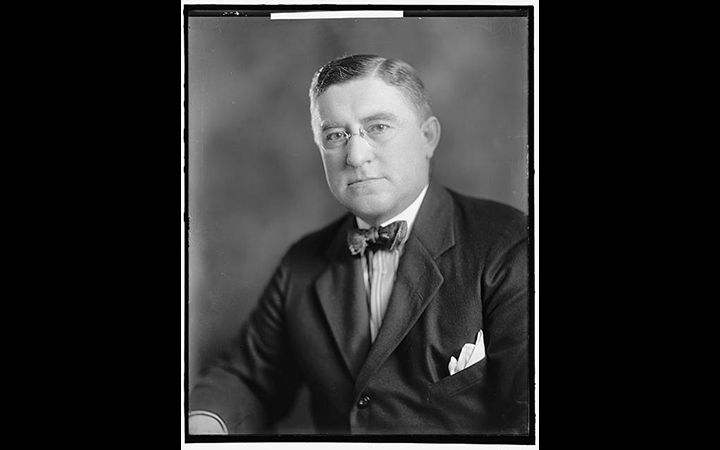
McFadden Act
The Fed’s success led to this legislation in 1927, which rechartered the Federal Reserve Banks in perpetuity among other items

